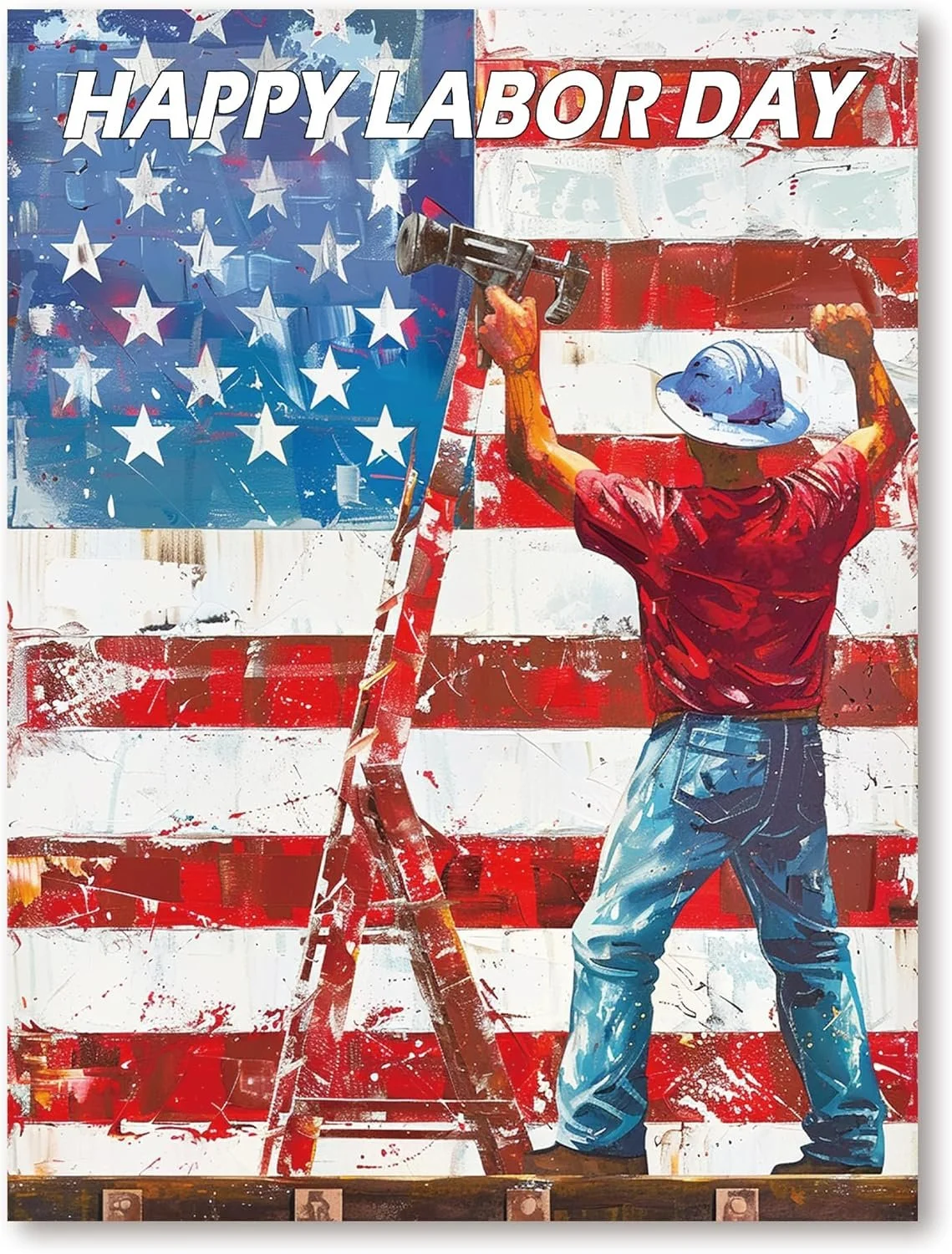Established in 1882, Labor Day is a United States federal holiday that occurs annually on the first Monday in September. A creation of the labor movement in the U.S., it celebrates the contributions workers have made to the strength, prosperity, and well-being of the country.
Labor Day Weekend has become recognized in much of the U.S. as the end of the summer season, as the the average daytime maximum temperatures take a plunge in the days that follow.
In northern states, especially, the summer vacation season begins with Memorial Day and ends with Labor Day. Many schools and colleges begin classes immediately after Labor Day.
Wagon Days Parade in Ketchum, Idaho. Photo by Michael Hofferber © 2020 All rights reserved.
Parades
The first Labor Day parade in honor of the working class was organized in New York City by the Knights of Labor on Tuesday, September 5, 1882. More of a protest rally than a tame family affair, the event was held to push for adoption of an eight-hour workday,
Two years later, the Knights held similar parade on the first Monday in September. The Knights subsequently passed a resolution to hold all future parades on the same day, designated them as Labor Day.
Labor Day Origins
Labor Day may have originated with Matthew Maguire, an official of the International Association of Machinist in Paterson, New Jersey, who proposed a holiday dedicated to the social and economic achievements of American workers in 1882. It was celebrated in September of that year by the Central Labor Union and by 1885 the "workingmen's holiday" was being observed in many industrial areas of the U.S..
The first state recognition of Labor Day occurred in Oregon in 1887, followed by Colorado, Massachusetts, New Jersey and New York. After more states adopted the holiday, the U.S. Congress passed an act making the first Monday in September each year a legal holiday in 1894.
“Labor Day differs in every essential way from the other holidays of the year in any country. All other holidays are in a more or less degree connected with conflicts and battles of man’s prowess over man, of strife and discord for greed and power, of glories achieved by one nation over another. Labor Day... is devoted to no man, living or dead, to no sect, race, or nation.
— Samuel Gompers, founder of the American Federation of Labor”

